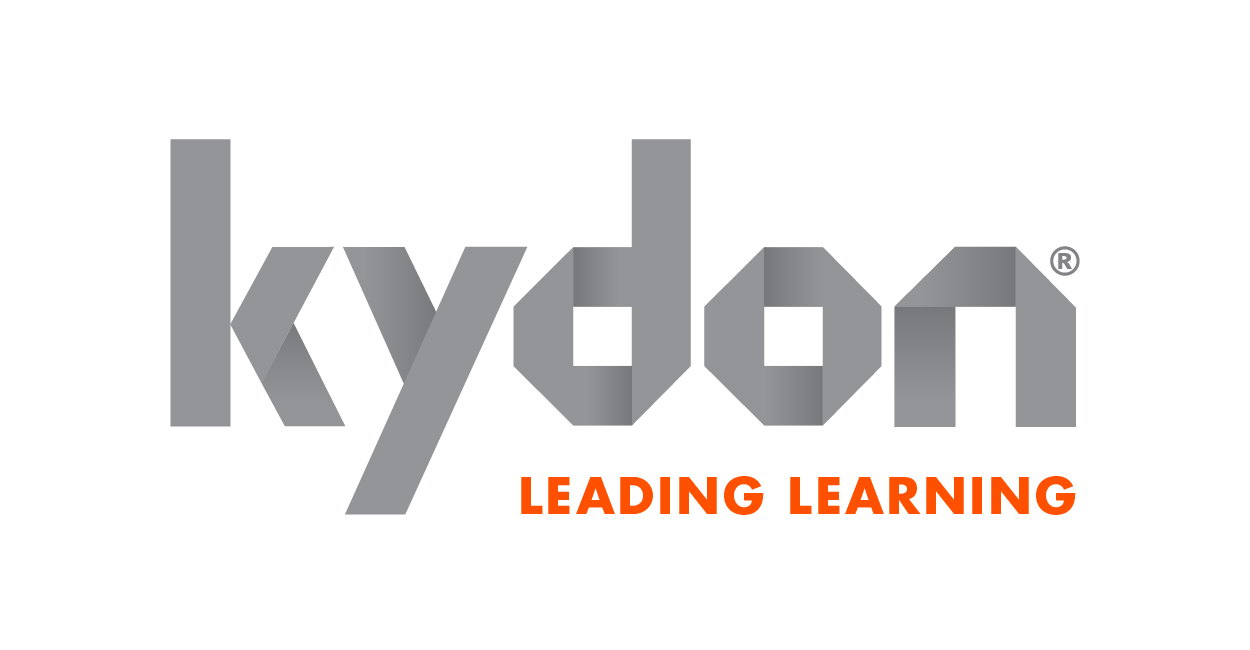eLearning In The Pacific: Its Vital Role In Democratizing Education
What is eLearning? Where can it take place? How can it help education in the Pacific?
Introduction
An eLearning is a system that is designed based on formalized teaching practices but makes use of electronic resources (Rosenberg, & Foshay, 2002). Even though teaching can take place inside or outside a class, the use of the internet and computers is the primary characteristic of eLearning. Rosenberg & Foshay (2002), termed eLearning as the transfer of skills as well as knowledge through a network. eLearning's primary objective is to enable the delivery of education to a large number of recipients who might be at different locations and time zones (Welsh et al., 2003). The objective of this paper is to provide a discussion on the eLearning systems’ rapid use in the Pacific.
Literature Review
The rapid changes in technology, as well as the advancement made in several disciplines such as the education sector across various countries in the Pacific, has resulted to the massive adoption of the eLearning systems (Olsen, 2015; Alexander, 2001). Computers were first introduced into the classroom to assist the teachers, and the students attain the objectives of a course. However, this is becoming obsolete as people are now getting addicted to tablets, smartphones and other devices replacing the pen drives and the optical discs (Hrastinski, 2008). Currently, knowledge is shared via the internet, which one can access at any time regardless of the location. Zaíane (2002) argues that the schools which have implemented eLearning systems are a step ahead compared to those institutions that use the traditional approach towards sharing of information, skills, and knowledge. Non-electronic teaching is essential; however, the effectiveness of the technology-based systems cannot be underestimated since studies indicate that the human brain remembers as well as relates to what is heard and seen through videos or moving pictures (Moore, Dickson-Deane, & Galyen, 2011).
Multiple studies have established that the success of technology use in the Pacific learning institution significantly relies on the attitude and acceptance of the teacher toward technology (Lee, Yoon, & Lee, 2008; Yuen & Ma, 2008). Computer self-efficacy and the supposed ease of use, are the sole determinants of the users’ intent to utilize the resources available in the eLearning system (Jung, & Latchem, 2009; Pituch & Lee, 2006). Based on the arguments, the system of eLearning ought to be designed to match the levels of the user, and the novice users should be able to access the system and provide shortcuts keys for an expert user.
There are several reasons supporting the implementation of eLearning platforms within learning institutions. The most significant reason for the application is to save on the cost of training (Veeramani, 2010; Zhang, & Worthington, 2017; Li, & Chen, 2012; Rumble, 2001). There are several organizations and learning institutions that have saved on cost, this includes the IBM’s implementation of the Basic Blue eLearning platform saving about $16 million in the year 2000, also PricewaterhouseCoopers mandated to reduce the cost of training per person by around 87% through the implementation of its eLearning platform (Shea-Shultz and Fogarty, 2002; Sharma, Tanyi, & Litt, 2011). Shea-Shultz and Fogarty (2002) further argue that; eLearning saves about 33 to 49% of the total cost used for training and cut down the time spent by 50% thus improves the student’s learning outcomes. Besides the cost benefits, other reasons for implementing eLearning platforms in institutions and organizations include the rapid development, deployment, and update of courses (Derouin, Fritzsche, & Salas, 2005). The ability to provide adequate training at any time despite the locations of the trainer and the learner are also other reasons for implementing the learning systems (Garrison, 2011).
On the other hand, there are some issues and challenges that have slowed the rate of implementation of eLearning platform across the Pacific; this includes the effectiveness of the learning systems. The implementation of the eLearning systems is hindered by lack of awareness among the target population, particularly the parents who have a tendency of preferring the traditional classroom model (Githens, 2007; Farid et al., 2014). The low adoption rate across countries such as Malaysia can be attributed to the issue with the connectivity as well as the bandwidth which result to limitations of downloading of the e-content by the learners (Karim, & Hashim, 2004; Ali, 2004). This results in boredom and frustrations among the learners thus having an adverse outcome in the learning process. The quality of e-content in the systems has also hindered the eLearning system success across the Pacific. There are various languages used across the Pacific, with the majority of the population being non-English countries thus hindering the implementation of the eLearning programs (Whelan, 2008).
Conclusion
The course instructors and the students across the Pacific need to embrace the eLearning. This is because the system plays a vital role in democratization as well as contributes to the generation of knowledge. The governments should play an active role in supporting as well as promoting the eLearning programs across the learning institutions, and this can be achieved through improvement of the accessibility and the connectivity to the institutions, as well as e-content development center to improve the eLearning systems’ quality.
References:
Alexander, S. (2001). E-learning developments and experiences. Education+ Training, 43(4/5), 240-248.
Ali, A. (2004). Issues & challenges in implementing e-learning in Malaysia. Semantic Scholar.
Derouin, R. E., Fritzsche, B. A., & Salas, E. (2005). E-learning in organizations. Journal of Management, 31(6), 920-940.
Farid, S., Ahmad, R., Niaz, I., Itmazi, J., & Asghar, K. (2014). Identifying perceived challenges of e-learning implementation. In First International Conference on Modern Communication & Computing Technologies (MCCT'14), Nawabshah, Pakistan.
Garrison, D. R. (2011). E-learning in the 21st century: A framework for research and practice. Routledge.
Githens, R. P. (2007). Older adults and e-learning: Opportunities and barriers. Quarterly Review of Distance Education, 8(4), 329.
Hrastinski, S. (2008). Asynchronous and synchronous e-learning. Educause Quarterly, 31(4), 51-55.
Jung, I., & Latchem, C. (2009). Distance and blended learning in Asia. Routledge.
Karim, M. R. A., & Hashim, Y. (2004). The experience of the e-learning implementation at the Universiti Pendidikan Sultan Idris, Malaysia. Malaysian Online Journal of Instructional Technology (MOJIT), 1(1), 50-59.
Lee, B. C., Yoon, J. O., & Lee, I. (2009). Learners’ acceptance of e-learning in South Korea: Theories and results. Computers & Education, 53(4), 1320-1329.
Li, F., & Chen, X. (2012). Economies of scope in distance education: The case of Chinese research universities. The International Review of Research in Open and Distributed Learning, 13(3), 117-131.
Moore, J. L., Dickson-Deane, C., & Galyen, K. (2011). e-Learning, online learning, and distance learning environments: Are they the same? The Internet and Higher Education, 14(2), 129-135.
Olsen, A. J. (2015). E-learning in Asia: Supply and Demand. International Higher Education, (30).
Pituch, K. A., & Lee, Y. K. (2006). The influence of system characteristics on e-learning use. Computers & Education, 47(2), 222-244.
Rosenberg, M. J., & Foshay, R. (2002). E‐learning: Strategies for delivering knowledge in the digital age. Performance Improvement, 41(5), 50-51.
Rumble, G. (2001). The costs and costing, of networked learning. Journal of asynchronous learning networks, 5(2), 75-96.
Sharma, D. S., Tanyi, P. N., & Litt, B. A. (2016). Costs of mandatory periodic audit partner rotation: evidence from audit fees and audit timeliness. Auditing: A Journal of Practice & Theory, 36(1), 129-149.
Shea-Shultz, H., & Fogarty, J. (2002). Online learning today. San Francisco: Berret-Koehler.
Veeramani, M. (2010). E-learning: A conceptual framework. International journal of educational research and technology, 1(2), 20-24.
Welsh, E. T., Wanberg, C. R., Brown, K. G., & Simmering, M. J. (2003). E‐learning: emerging uses, empirical results and future directions. International Journal of Training and Development, 7(4), 245-258.
Whelan, R. (2008). Use of ICT in education in the South Pacific: findings of the Pacific eLearning Observatory. Distance Education, 29(1), 53-70.
Yuen, A. H., & Ma, W. W. (2008). Exploring teacher acceptance of e‐learning technology. Asia‐Pacific Journal of Teacher Education, 36(3), 229-243.
Zaíane, O. R. (2002, December). Building a recommender agent for e-learning systems. In Computers in education, 2002. Proceedings. International Conference on (pp. 55-59). IEEE.
Zhang, L. C., & Worthington, A. C. (2017). Scale and scope economies of distance education in. Studies in Higher Education, 42(9), 1785-1799.









